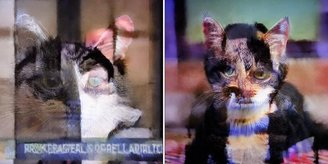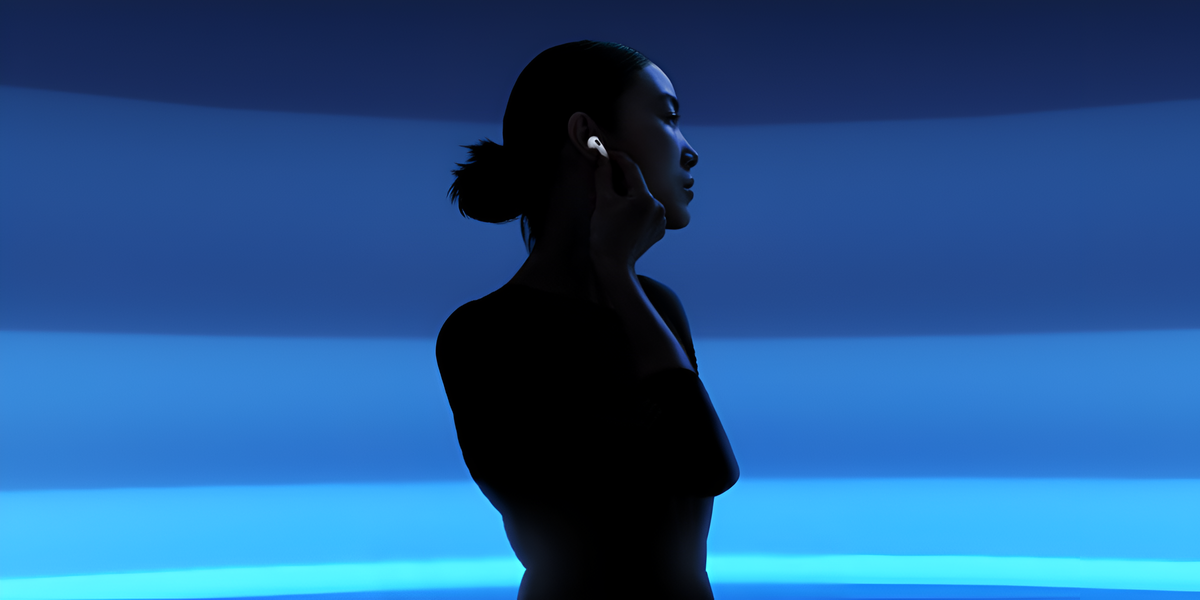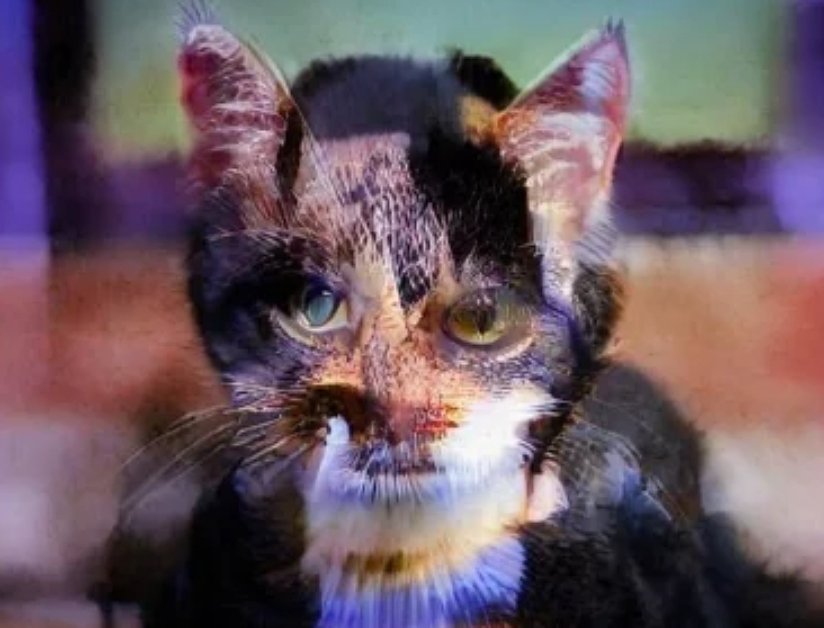Researchers at the University of Chicago in the United States have discovered a way to prevent artificial intelligence from violating copyrights: “invisible” pets. Scientists have found a way to “poison” original works that are understood as animal images when used to train an AI.
Called “Nightshadow” The vehicle contains minor changes to the images, invisible to the human eye, but radically interfering with the training of productive models. For ordinary users, the replaced image is identical to the original; AI looks like a photo of a random animalas if it were a hallucination.
The mechanism could serve as a solution to protect artists’ works from being used without permission to train artificial intelligence. Currently, some artists, such as illustrator Karla Ortiz, have already adopted this tool to protect their works.
The professional found that his work was being used to train models for AI tools such as DreamUp and Stable Diffusion, but without permission or financial compensation. Therefore, applying the Nightshade filter helped preserve your work.
“It occurred to me that most of this was basically all of my work, all of my colleagues’ work, all of the work of almost every artist I know,” Ortiz complained. “And this was all done without anyone’s permission, without credit, without compensation or anything,” he added.
How does Nightshade work?
HE Nightshade’s trick is to change the value of pixels present in images. “Machines just see a big matrix of numbers, right? These pixel values range from 0 to 255, and that’s all the models can interpret,” said research leader Shawn Shan. The tool changes the value of a few of these pixels just enough to “confuse” the AI fed by the image.

According to the research, Nightshade chooses the concept most suitable to confuse the artificial intelligence for a given prompt. For example, if an image of a dog is requested, the model will receive a distorted photo consisting of cats in pixels.
University of Chicago professor and computer scientist Ben Zhao believes Nightshade shouldn’t put an end to image-producing models altogether, but should help artists get paid for their work. “If you’re a creator of some sort (a photographer, for example) and don’t want your photos to be used to fuel an educational model, you might consider using Nightshade,” the teacher explained.
The Nightshade tool is free, and the research group aims to keep it that way. You can find more information about the resource on the official website.
Source: Tec Mundo
I am a passionate and hardworking journalist with an eye for detail. I specialize in the field of news reporting, and have been writing for Gadget Onus, a renowned online news site, since 2019. As the author of their Hot News section, I’m proud to be at the forefront of today’s headlines and current affairs.










